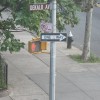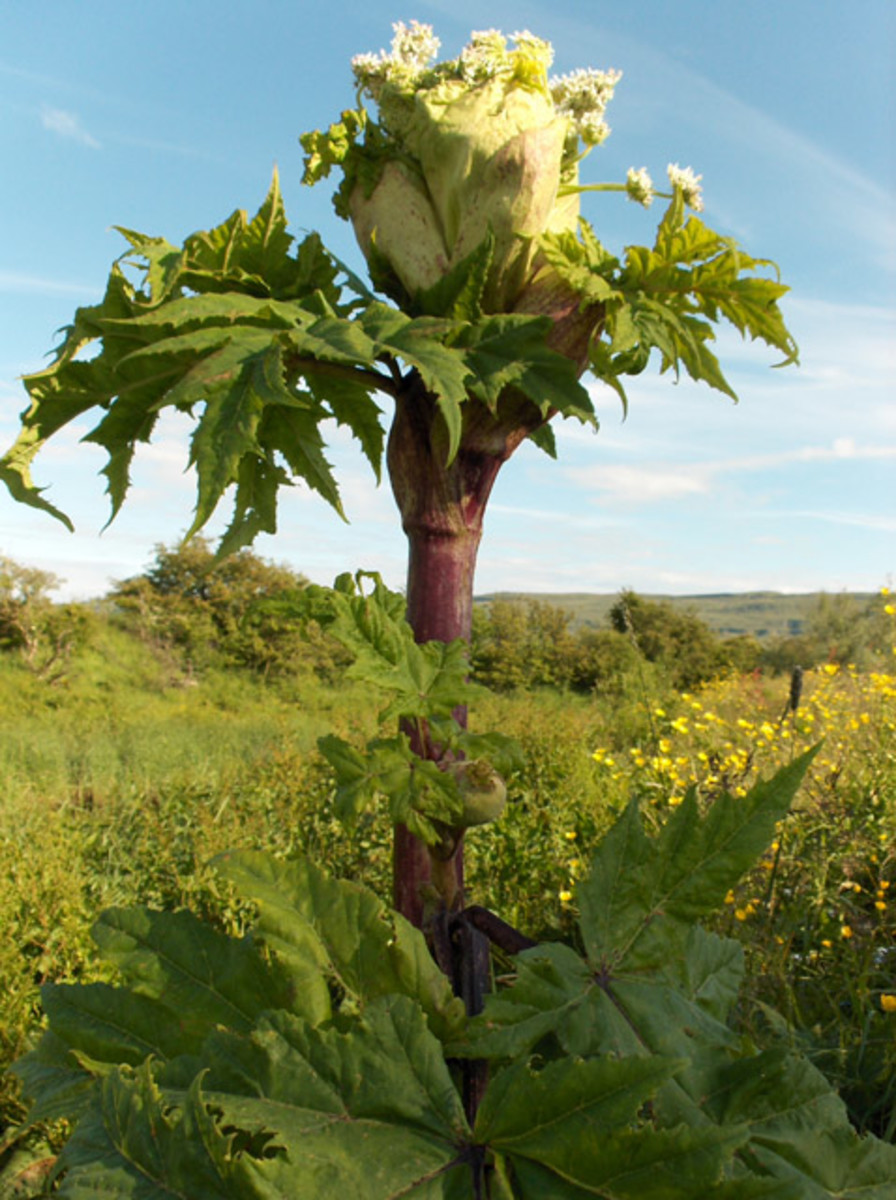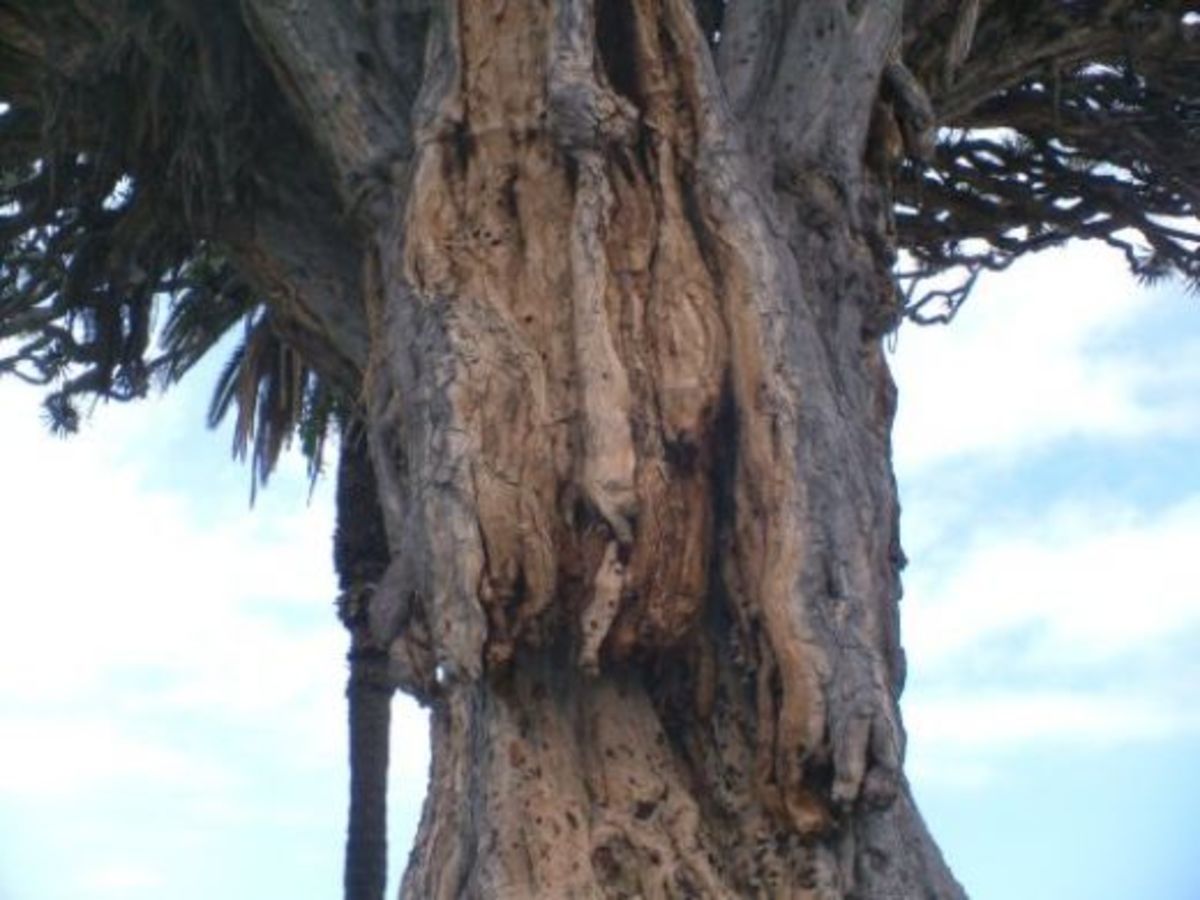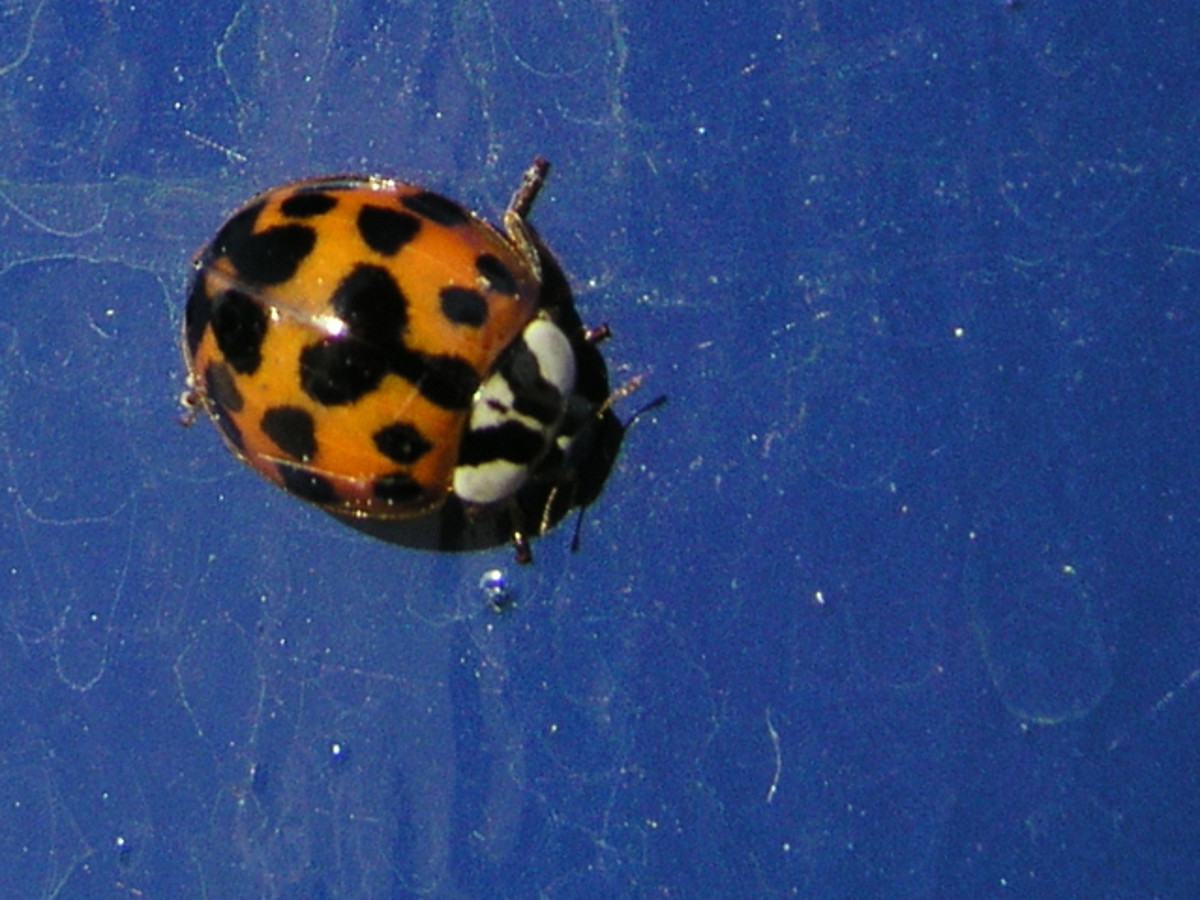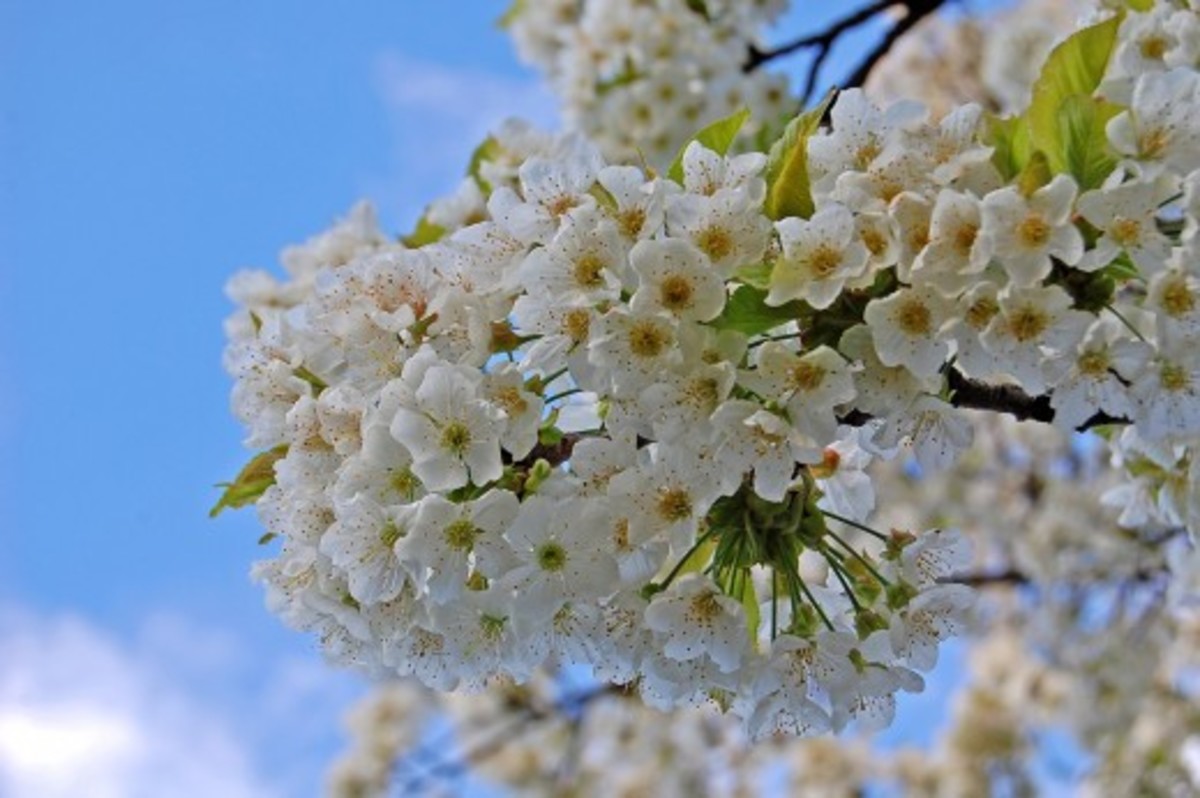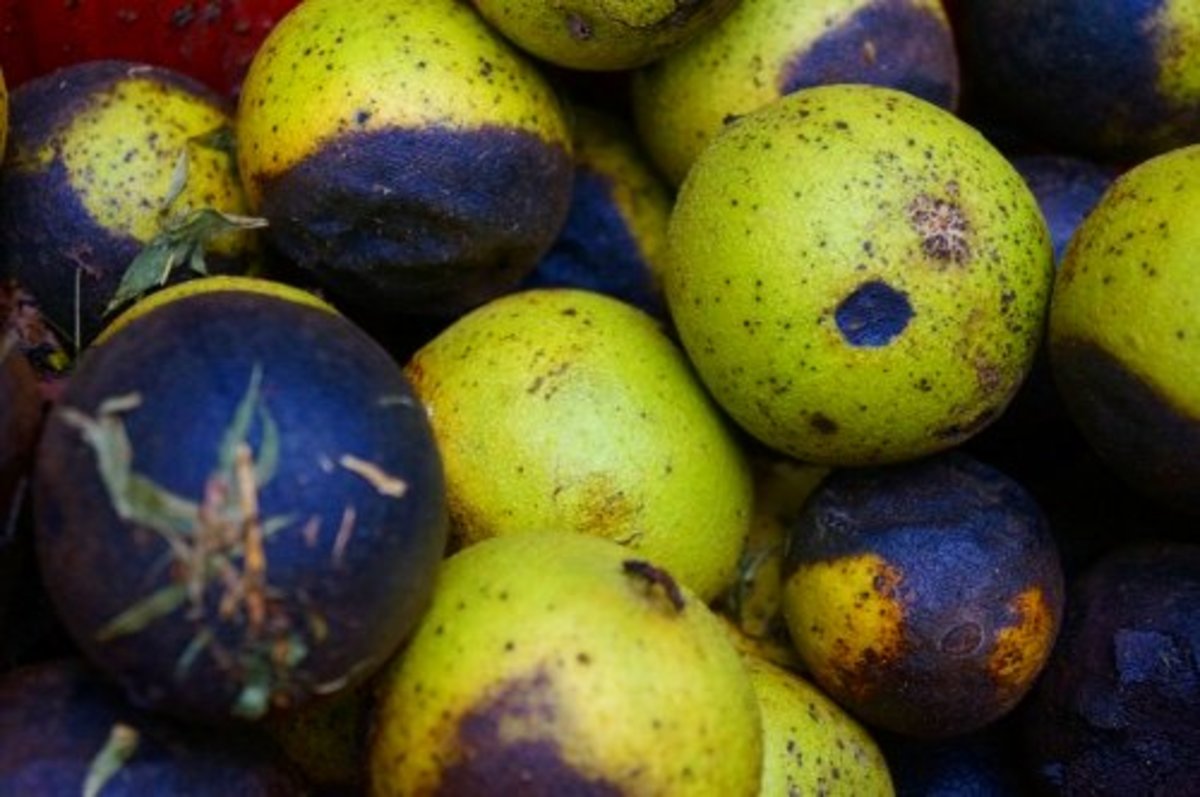Plant Native Trees Instead of Invasive Species: A List of Both Types

My lovely New York City street is filled with towering trees. But unlike the easily identifiable oak and catalpa of my youth, many of these trees do not belong here in the U.S. They are an invasive species. Choosing to plant only native species has many natural benefits.
What is an Invasive Species? What is a Native Species?
- According to the U.S. government, an invasive species in not native to the ecosystem being considered and the introduction of the species can cause or is likely to cause harm that is economic, environmental and is also harmful to human health.
- Native trees occur naturally in a particular ecosystem. The tree or plant originated there without human assistance. Keep in mind too, that plants growing in one part of the U.S. can be considered invasive in another part. Different parts of the U.S. are at different elevations and have different soil types and weather patterns.
How Did These Trees Get Here?
Contrary to popular belief, invasive trees were not an accident. They were brought here intentionally. According to the Brooklyn Botanic Garden, nearly half of the most harmful invasive plants degrading our natural habitats throughout the U.S. were brought here intentionally for horticultural purposes. Many are still being sold for erosion control and simply to look good in the garden.
For example, highway departments, after building new roads, often chose invasive plants in order to establish fast-growing ground covers, especially on slopes.
See link below about the Meyer Lemon Tree and harm caused thanks to a USDA (United States Department of Agriculture) worker who decided to bring it here to the U.S. from China.
How Do They Cause Damage?
When planted in a new ecosystem, nonnative species may displace native trees by growing taller, wider, faster and by creating shade cover over the native species. As a result, the nutrient cycle of native plants is affected, which can also have a devastating effect on animals.
Damage caused by invasive plants do about $120 billion dollars of damage annually. Additionally, approximately 42 percent of threatened species on the U.S. List of Endangered and Threatened Species are there because of nonnative species. (See link below about how animals get on the endangered species list).
Invasive plants are difficult to control and hard to eliminate. It's best to avoid them.
Is There Any Way I Can Easily Tell if a Tree is Not Native?
A quick way to tell is by the name. Often the place of origin is in the name. For example, the English Ivy - a vine - is not native as the name indicates. (I watched the ivy twine its way up a neighbor's native tree and destroy it). Trees that are not native include the European Elder and the Australian Pine. More trees are listed below on the invasive list.
What are the Benefits?
Native trees will preserve the natural beauty of your community as well as the natural balance between all native species and all the birds, butterflies and others that depend on the various species. They are also easier to grow and maintain.
List of Native Trees:
- Virginia Live Oak
- Tan Oak
- Shingle Oak
- Redbud
- American Smoke Tree
- Kentucky Coffeetree
- Pagoda Dogwood
- Red Maple
- Red Mulberry
- Big Leaf Maple
- Black Gum
- Pecan
- Mountain Ash
- Flowering Ash
- Wafer Ash
- Speckled Elder
- River Birch
- Eastern Redcedar
- Sand Pine
- Paradise Tree
- Arizona Cypress
- Sweetbay
- Red Bay
- Northern Catalpa
- Sweet Birch
- Big Tooth Aspen
- Quaking Aspen
- Allegheny Service Berry
- Fringe Tree
- Sassafras
- Black Willow
- Black Olive
- American Mountain Ash
- Winged Elm
- Hackberry
There are many more. Be sure to check which trees are native and grow best in your area.
Avoid These Invasive Trees:
- Weeping Willow
- Norway Maple
- Amur Maple
- Earleaf Maple
- Sycamore Maple
- Large Maple
- Sawtooth Oak
- Black Locust
- Silk Tree, Mimosa
- Chinese Tallow Tree
- European Mountain Ash
- Chinaberry
- English Holly
- European Alder
- Siberian Elm
- Chinese Elm
- Princess Tree
- White Poplar
- Callery Pear
- Paper Mulberry
- Bishopwood
- Carrotwood
- Tasmanian Blue Gum
- Figs
- Umbrella Tree
- Tree of Heaven (Growing up in New York City, we used to call these frilly-looking trees 'highway trees' and 'Bronx trees' - they were everywhere, especially in vacant lots - and I can add Brooklyn to the list. They have also invaded Oregon and Nebraska, south to Florida and California and from Maine to Michigan).
For more information about native trees, see the links below:
Native Trees Information
- Native Trees: The Southern Magnolia
In the effort to grow healthy thriving trees, an option is to grow trees native to the area. The beautiful Southern Magnolia tree is native to the United States and is found mainly in the southwestern region.... - Native Trees: The Eastern Redbud
In an effort to grow healthy trees, a viable option is to grow trees native to the area. The Eastern Redbud is a deciduous tree first cultivated in 1811. The Eastern Redbud is native to all of the eastern half... - Native Trees: The Henry Hicks Magnolia
Native grown trees and plants are easier to grow in their own natural environment. In my search for native trees, the Henry Hicks Magnolia is yet another one that not only grows well but is beautiful to look... - Native Trees: The Honey Locust
Planting native trees is not only easier to do and maintain, but the trees also provide food and shelter to many of the native animals. The honey locust tree (see photo) is native to eastern North America and... - Native Trees: The Flowering Dogwood
Planting native trees, like the Flowering Dogwood (cornus florida), and native plants, is not only easier to maintain, but is beneficial to the animals that rely on them. Planning to move to North Carolina,...
Animals on the Endangered List
About the Meyer Lemon Tree
- About the Meyer Lemon Tree
Before purchasing a Meyer lemon plant, I decided to do research - and uncovered an interesting bit of history. And the reason why we shouldn't bring/sneak plants into the U.S. from other countries, and vice...
